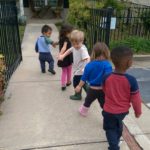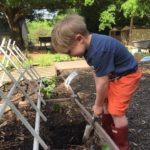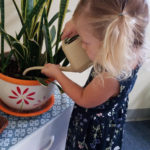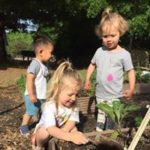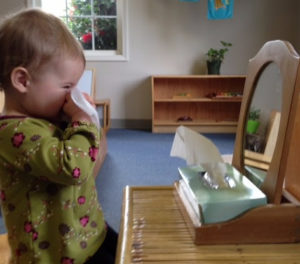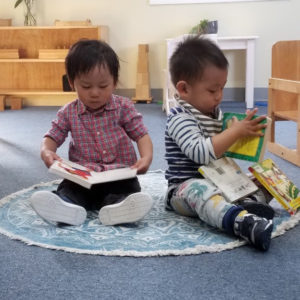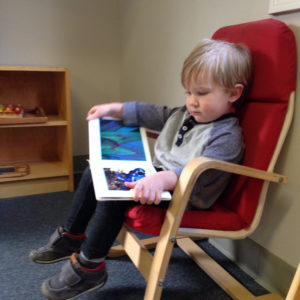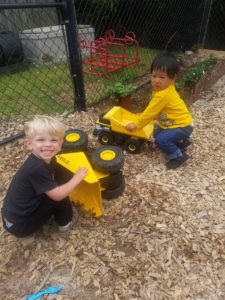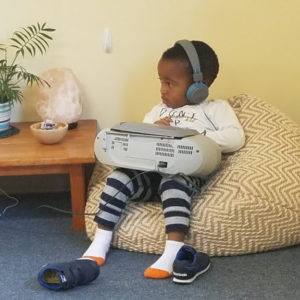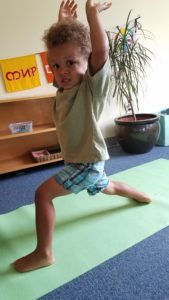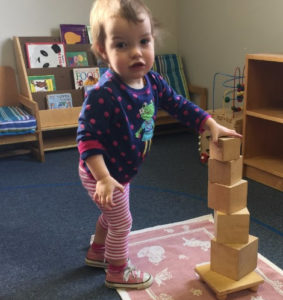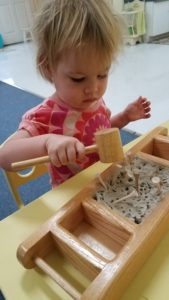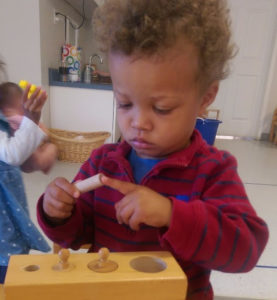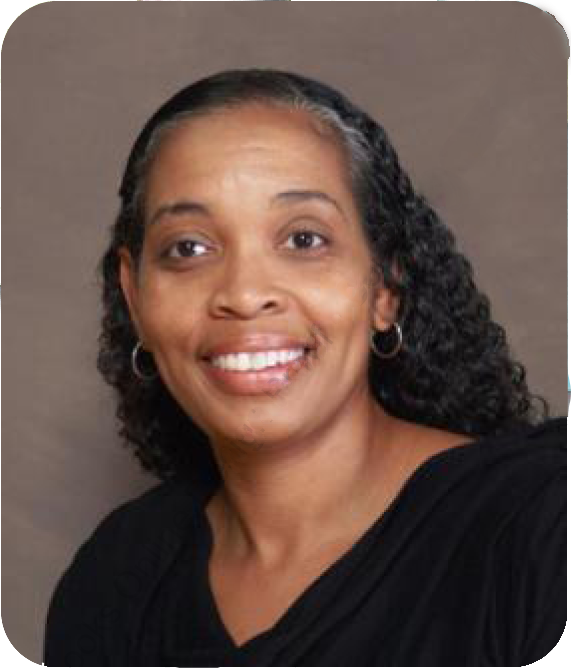What is Toddler Education?
Understanding the Toddler Education curriculum can be difficult. To assist those new to having children or new to Montessori, we have comprised three easy steps to comprehending just what exactly our Toddler Education program is really about.
Understand, appreciate, and enjoy the transition.
Transitioning a child to school is typically the first transition most children go through. It is important to remember that the caregiver also transitions. Allowing a child to be independent, knowing when to step in and assist, and taking time to observe before helping the child are things that take practice. HOMS offers parent education events throughout the year – one being “Montessori in the Home” which is dedicated to providing suggestion on how to make your household align with Montessori methodology. The goal is not for your house to look like a Montessori classroom but rather the ideals that are practiced throughout the day to be congruent at home.
Toddlers are capable
Just wait, a few weeks or even days into your child’s time in the Toddler classroom, you will begin to see the change. The guides in the classroom scaffold the students to help them help themselves. Eating with utensils, pouring their own water from an open pitcher, changing dirty clothing independently, and even taking a sheet off of a sleeping mat by themselves are just a few of the small ways the toddlers will show independence. Toilet training is the gate way for toddlers to gain concentration. By the end of the first month of school 90% of the class will be wearing underwear and using the toilet. Did you think that was possible?
Communication combined with trust is key
The Toddler lead guide is going to be your new best friend. Because of the small class size, the teacher is able to focus one-on-one attention to each student, daily (very different from most “day care” facilities!). Constant communication is a priority to the teachers in the toddler environment. Emails, calls, notes home, and progress meetings (even conferences) are done routinely so that the gap from school to home is shorter. Informative articles are sent home monthly on current topics in the culture as well as the Montessori world. Knowing you can trust the guide provides a mental “deep breath” to caregivers.
Toddler Education Curriculum
Practical Life
Everyday and necessary skills make up the majority of the works on the shelves. There are no “toys” or “playing” in the environment but rather “work” and “jobs”. This verbiage is used specifically to indirectly create a level of respect, responsibility, and accomplishment within each child. Some works include; food preparation (orange juicing, strawberry slicing, clementine peeling), transference (pouring, using tongs, spoons, pipettes), sewing, bead stringing, mirror polishing, hand washing, dish washing, table scrubbing, table setting, and more! Imagine your little one being that much more helpful at home!
Language
Did you know in Montessori education we do not teach the names of the letters? Rather, we teach the sound that each letter makes. This is done very specifically in the Primary classroom. So, in the Toddler classroom we begin the teaching of letter sounds through song, nomenclature works, matching objects to objects, objects to pictures, and eventually pictures to pictures. Using sign language at line (similar to circle time), reading books aloud daily, and speaking in a regular clear voice to the students are other ways that language is indirectly taught to the students. Did you know puzzles are in incredible way to begin teaching specific parts of language? Using puzzles with real pictures of familiar items (animals, vegetables, service vehicles) are a great way to build a child’s vocabulary library.
Outdoor Classroom
This is a must see! Students do not have to be in a classroom to learn, in fact, most learn more outside of the four walls. In 2018, a kind and generous family helped jump-start the outdoor environment dream. The “mud kitchen”, a large area with working sink, cutouts for water, sand, wood chips, dirt… and several loose materials such as pots, pans, scoops, tins, and whisks, to make imagination a reality. Another great addition to the playground area is the double-sided, self draining art wall. Students can paint their latest creations on the wall every afternoon. But, the crazy part is, they seem to have more fun spraying water and using a squeegee to clean it! Coming soon: rock climbing wall, outdoor wind bottles, bird sanctuary, and more!
Math
Yes, we teach math to toddlers. This does not look like typical math lessons, however. Most children around age 2 will begin to count out loud – not correctly always, but this shows the guides that the sensitive period for math appreciation is approaching. Counting how many students are present and asking “Who’s missing?” is just a small way to introduce subtraction. Sandpaper numbers (an original Montessori material made over 100 years ago) are used for those students who are ready to begin learning the names of the numbers so that when they enter a Primary environment, they are familiar with the shape of each letter.
Yoga, Music, and Peace Education
Currently, yoga is part of the curriculum. Ms Dana is a certified yoga instructor and implements certain asana (poses) into her line (circle time). The children are exposed to classical, children’s, calming, and fun music they can really dance to. Practicing peace, exploring the meaning of silence, and practicing various movements such as balancing, marching, jumping, and spinning are just a few of the learned lessons through song and yoga. You will notice a corner of the room dedicated to zen, relaxation, and calmness. There, music plays through headphones that children can put on and kick back while listening to! An essential oil diffuser, salt rock lamps, sensory materials (sand, water beads, shells, etc.) are placed out on the zen table as well.
Movement & Sensorial
Movement is a part of the Toddler Montessori curriculum that was introduced post Maria Montessori’s time. Aspects of certain Primary materials were eventually recognized as pivotal for children younger than 3 years. Fine motor, gross motor, crossing the mid-line, and working left to right (mental introduction to reading) are just a few foundations within movement works. Remember the stacking rings, plastic colorful rings that went smaller up the post? That is movement work!
Sensorial materials are designed to prime students’ brains for the next extension of materials throughout the curriculum. For example, the Brown Stair is a Primary material that is used often in a Toddler classroom. The direct developmental aim is to build an understanding and provide exposure to discrimination of width as it gradients from thin to wide. Feeling the material, seeing a difference of 1/10 in each step, and feeling the varying weights of each step create a muscle memory that will eventually come in handy when students are learning math and continue sensorial work in Primary.
Meet Ms Yolando
Yolando Williams is currently the Lead Pre- Primary teacher at Harbour Oaks Montessori School. She has two years of lead teaching experience in the Montessori environment. In April of 2020, Yolando completed the Infant/ Toddler Montessori Certification program at the Montessori Teacher Education Institute in Atlanta, Georgia and is a current member of the American Montessori Society. Yolando has five years of previous teaching experience in the early childhood setting. She has been married for 22 years and is the mother of 2 children.

